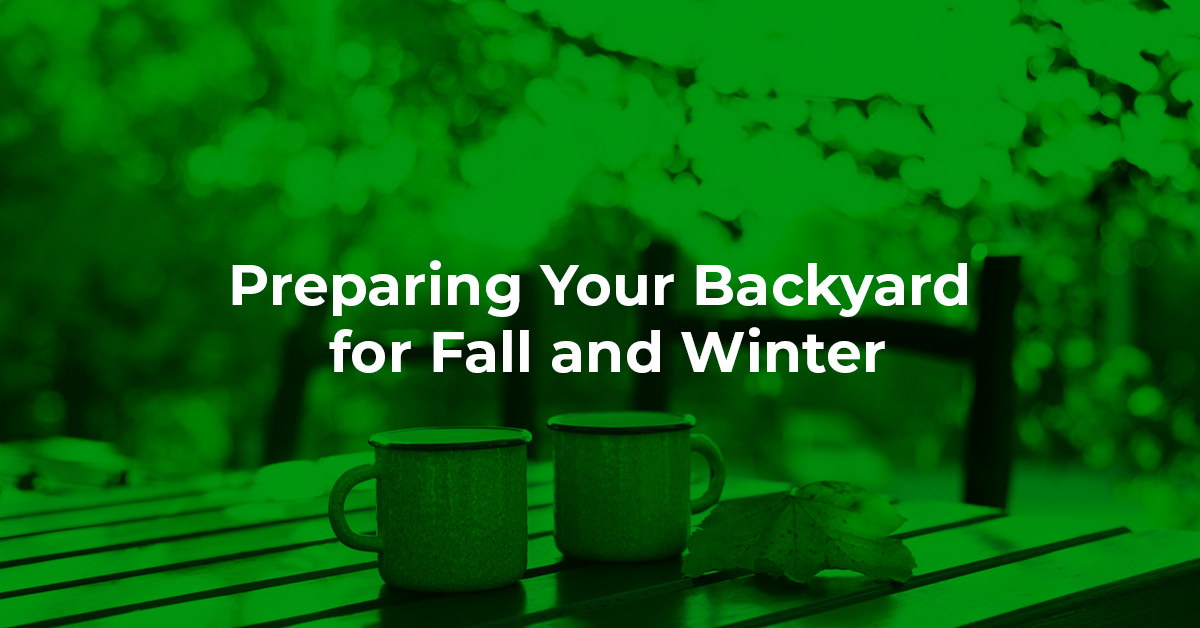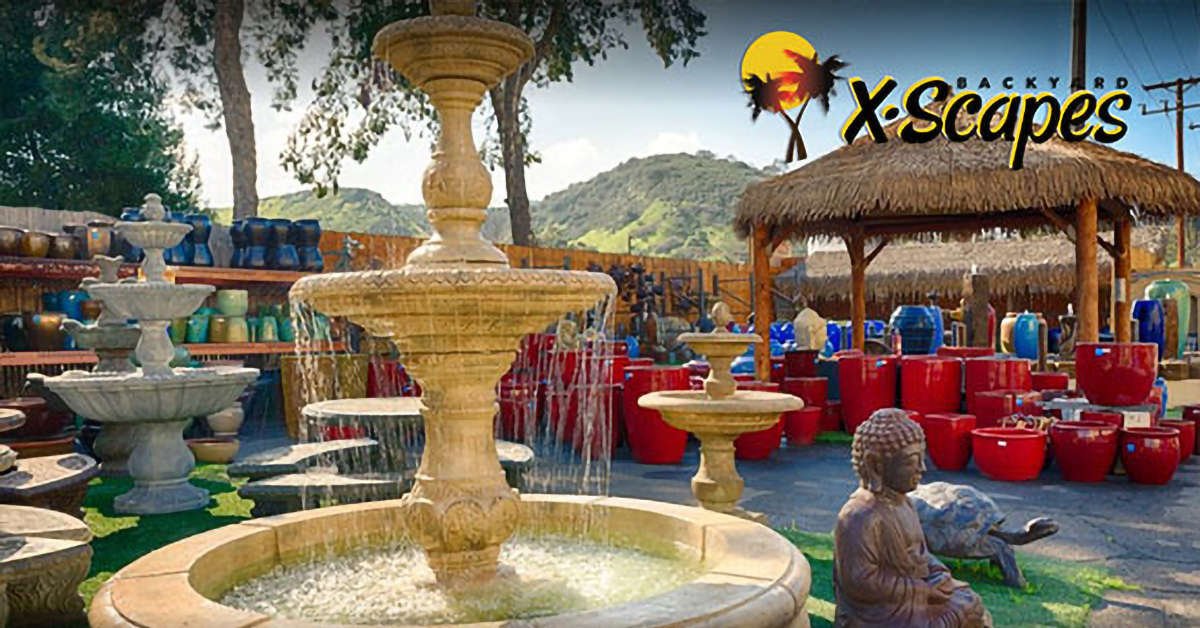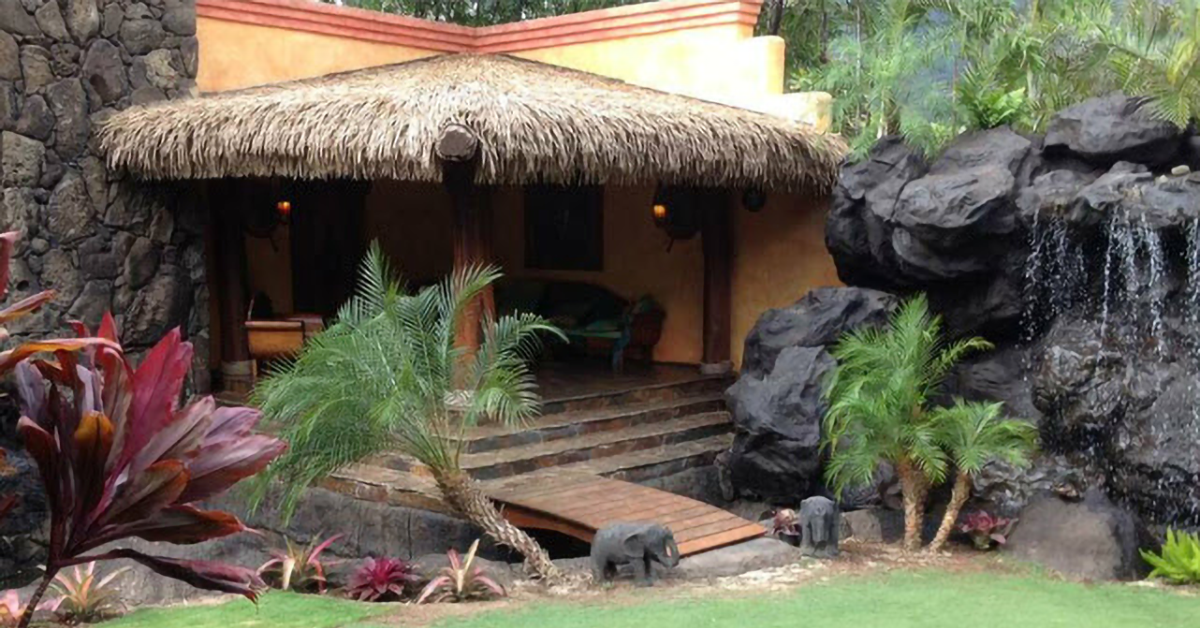Subscribe to our newsletter.
Subscribe and stay up to date with the latest website tips and news.

As the leaves change and the air turns crisp, it’s time to start preparing your…

The tradition of pottery dates back to prehistoric times, and today, pottery is trendy for…

Whether in your yard, patio, or outdoor kitchen area, there are many reasons to incorporate…

If you’re like us and think tropical gardens are more fun and attractive than traditional…

Whether you’ve just moved to a new home or want to update the look of…

Subscribe to our newsletter and be the first to know about exclusive deals, new arrivals, and insider tips.
No, Thank You!
We don't sell your information to third parties. You can unsubscribe whenever you want,it's totally free.